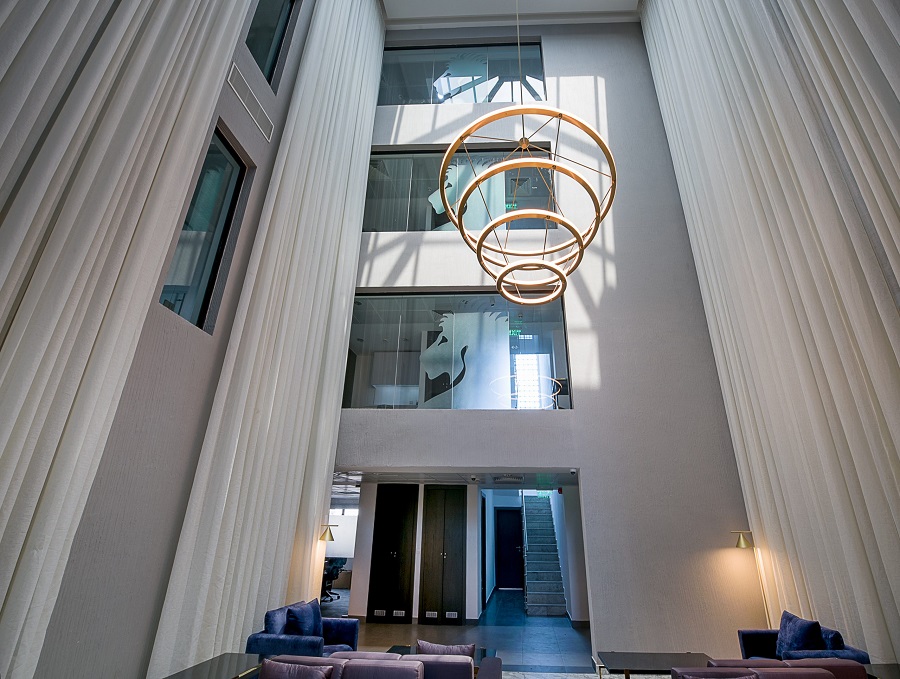Slack shares dropped as much as 17% yesterday after the company’s reported first-quarter earnings.
Investors and stock traders were not happy with Slack’s annual revenue forecast of $855 million to $870 million, up just slightly from Slack’s projection in March stock analysts, on the average, estimated $856.5 million, according to data obtained from Bloomberg.
“Slack’s withdrawal of full-year billings guidance looks conservative to us and likely suggests a pull-forward of revenue amid faster new-customer additions due to remote work,” Mandeep Singh, a Bloomberg Intelligence analyst, wrote in a note yesterday.
Slack grew revenue 50% in Q1 2020, compared with 49% recorded in Q1 2019 on an annualized basis.
However, Slack reported steady revenue growth during Q1 2020 brought in more customers, as organizations sought to keep communications going with their newly remote workforces during coronavirus pandemic. It had earnings per share of 2 cents loss per share, adjusted and adjusted revenue of $201.7 million
(READ MORE: How to Profit from Directors’ Share Dealing Notifications)
Slack, in a statement, yesterday reported that it added a record 12,000 paid customers Q1 2020 as against two prior quarters when it added about 5,000 new customers. Slack’s top competitor, Microsoft’s Teams, has also experienced growth in recent months.
“What you saw with Zoom, what you saw with Teams is a great indication that this is not apples-to-apples and that the products are not truly competitive with one another,” Butterfield the Chief Executive Officer of Slack told Investment analysts on a conference call yesterday.
READ ALSO: Jumia is optimistic of COVID-19 boost, despite poor Q1 2020 earnings report
Paid users spent over 120 minutes per day in Slack at the end of the quarter, up from below 90 minutes one quarter earlier.
“I can’t care about the stock price on the level of individual days,” Butterfield said when asked about the reaction to earnings. “I just wouldn’t be able to do my job. I care about where the share price is five years from now and 10 years from now. This is just a very volatile time.”
















